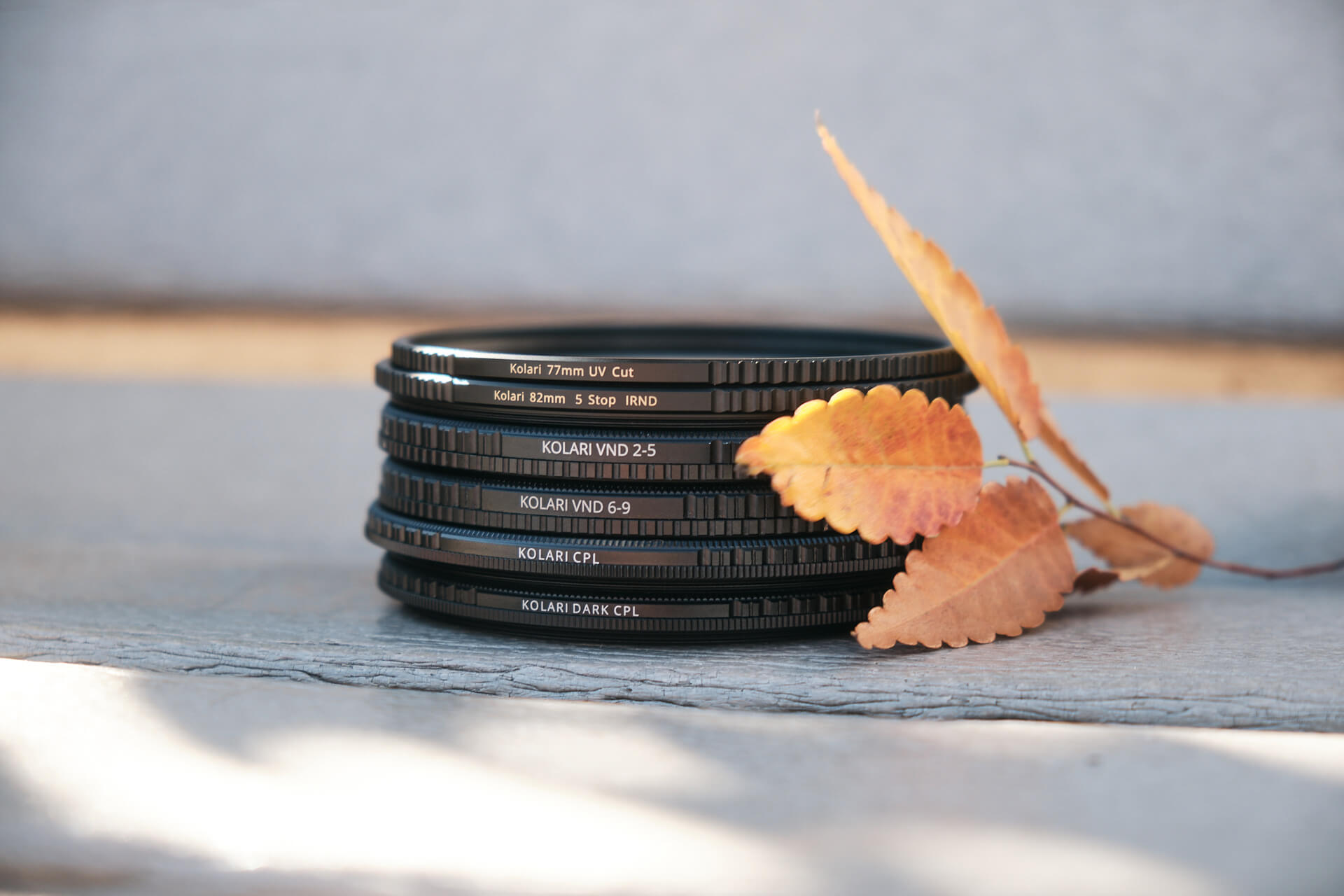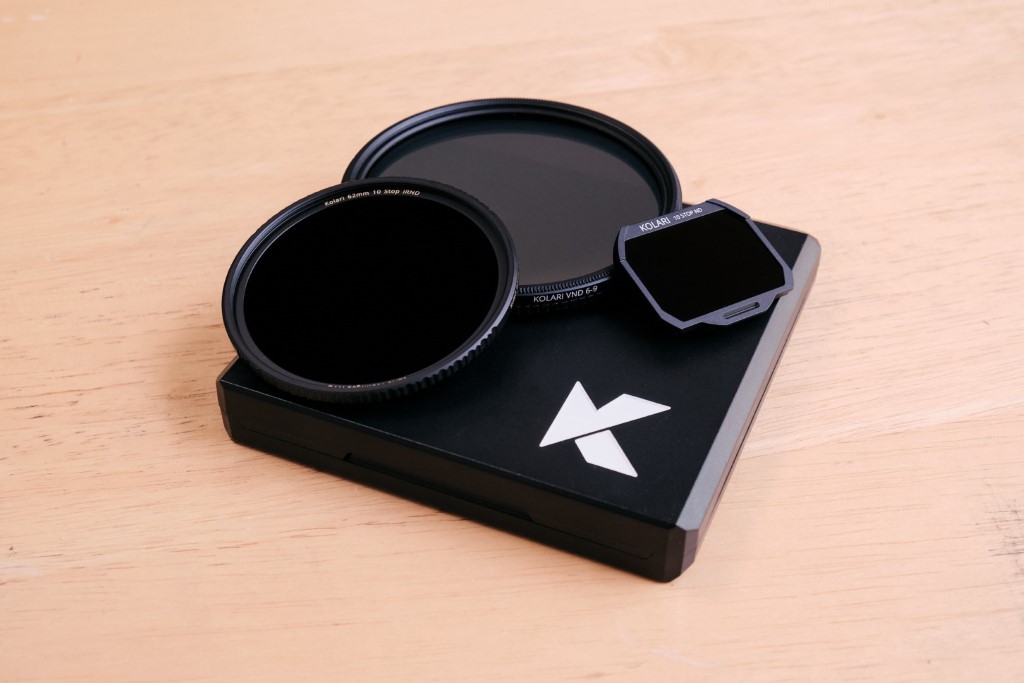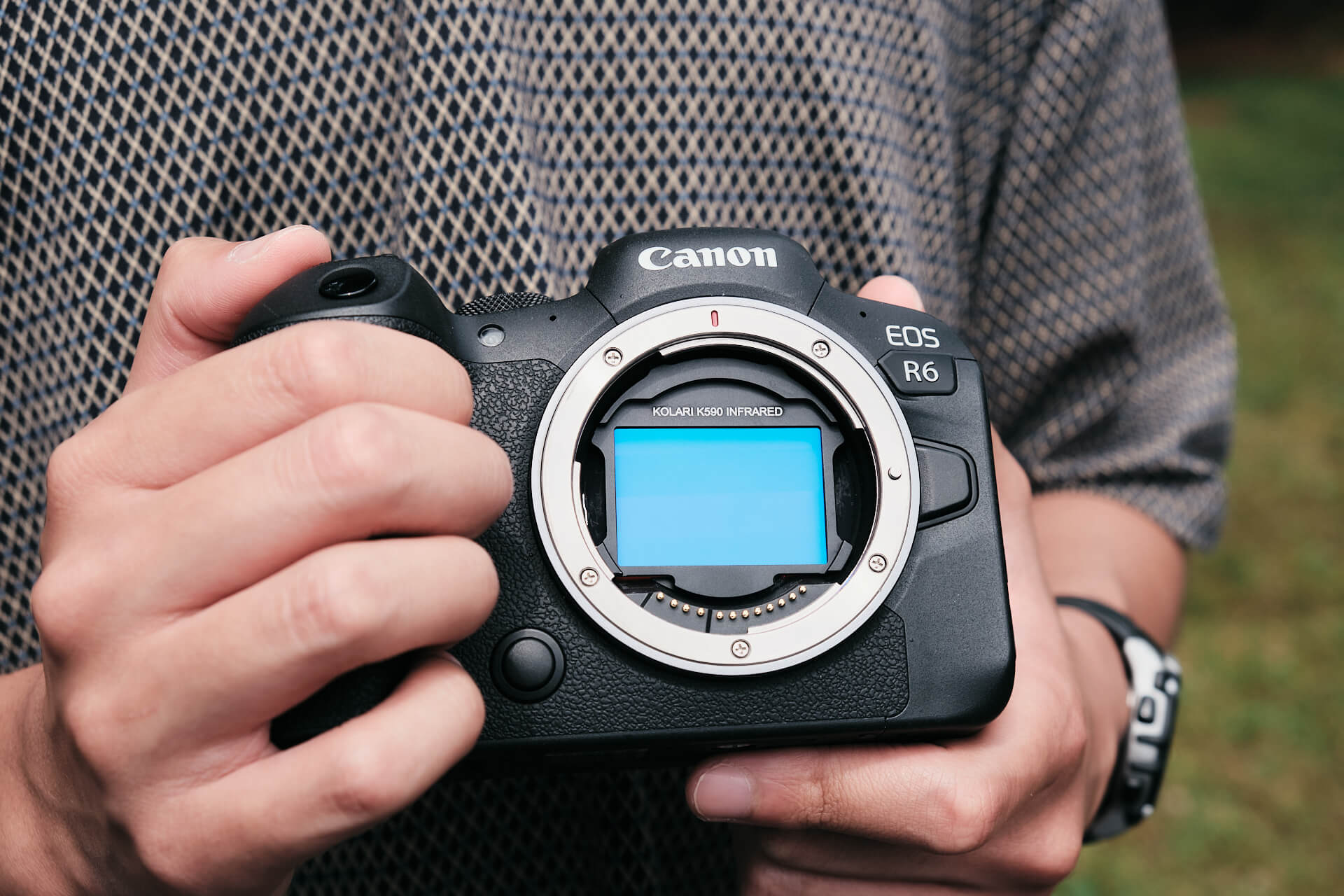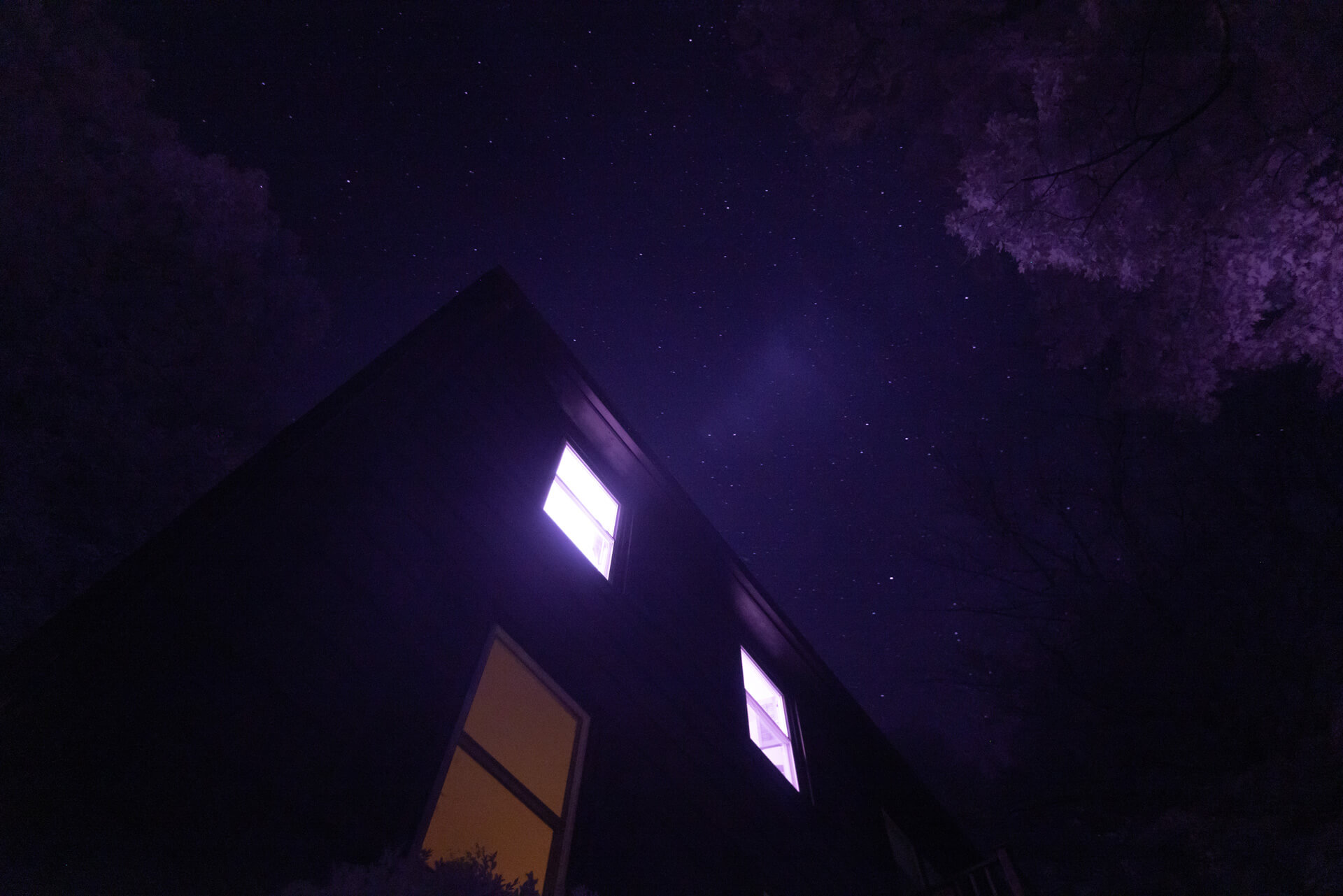The holiday season is upon us, and if you’re shopping for a photographer in your life (or treating yourself!), consider these essential items for their photography kit. From must-have filters to helpful accessories, we’ve got you covered.
Table of Contents
Essential Filters
Filters are a crucial part of a photographer’s toolkit. They can enhance creativity and improve image quality, but there are SO MANY to choose from. It can be overwhelming to figure out what they all do, let alone which ones to go with. Here are some essential filters that nearly all photographers have use for, so they’re generally a safe bet:
UV Filters
UV filters are transparent and primarily serve as lens protectors, shielding the front element from scratches, dust, and moisture. They are essential accessories for all types of photographers as they provide an extra layer of defense against unexpected accidents or damages to the lens, ensuring it remains in pristine condition for longer.
Use: Protection for the camera lens
-
Sale!
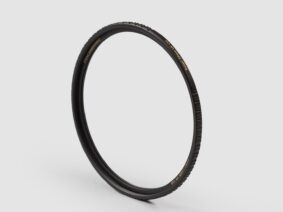
Kolari Vision Pro UV Cut Protective Filter
$38.99 – $74.99Price range: $38.99 through $74.99 Select options This product has multiple variants. The options may be chosen on the product page
Circular Polarizer (CPL)
Circular polarizing (CPL) filters are extremely important and highly recommended for landscape and outdoor photographers. These filters serve a crucial purpose by effectively reducing unwanted reflections that may occur on non-metallic surfaces such as water, glass, and foliage. By minimizing these reflections, CPL filters help to enhance the overall clarity and quality of the captured images. Additionally, these filters are designed to intensify and enrich the colors present in the scene, resulting in more vibrant and visually appealing photographs. Therefore, they are strongly advised for photographers specializing in landscape, outdoor, and even architectural photography.
Use: Reduce reflections, enhance colors, and cut through atmospheric haze
-
Sale!
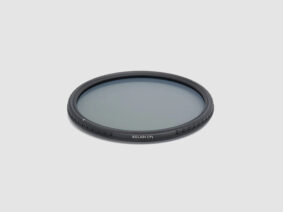
Kolari Pro CPL Lens Filter
$49.99 – $129.99Price range: $49.99 through $129.99 Select options This product has multiple variants. The options may be chosen on the product page
Neutral Density (ND) Filters
ND filters, also known as neutral density filters, come in a wide range of strengths to cater to different photography needs. These strengths can range from 2-stops to 20-stops. These filters are incredibly useful for capturing stunning long-exposure shots, especially in situations with abundant light. By using ND filters, photographers have greater control over the amount of light entering their camera, allowing them to achieve the desired exposure and creative effects in their photographs. Whether capturing the smooth motion of flowing water, creating dramatic landscape shots with balanced exposure, or shooting dreamy portraits with a shallow depth of field, ND filters are an indispensable tool for any photographer.
Use: Control exposure and create motion blur
-
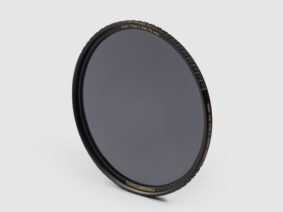
Kolari Pro ND Filter
Rated 5.00 out of 5$159.99 – $229.99Price range: $159.99 through $229.99 Select options This product has multiple variants. The options may be chosen on the product page
Common ND Filter Strengths
ND filters are indispensable for photographers, and different strengths serve various purposes. 5, 6, and 10-stop NDs are the most common and useful strengths. A 5 or 6-stop ND is perfect for everyday outdoor shooting in sunny conditions, regardless of the type of subject they’re capturing. For long exposures, creative motion blur, or ultra-bright conditions, a 10-stop can come in handy.
-
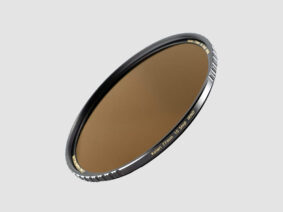
Kolari Pro ND 5-Filter Set
Rated 5.00 out of 5$679.99 – $919.99Price range: $679.99 through $919.99 Select options This product has multiple variants. The options may be chosen on the product page
Variable ND (VND) Filters
VND filters, also known as Variable Neutral Density filters, provide photographers with the flexibility to adjust the density levels according to their specific shooting needs. They typically come in 2-5 stop and 6-9 stop variations. This versatility eliminates requiring multiple ND filters for different shooting situations. With VND filters, photographers can effortlessly control the amount of light entering the camera, allowing them to capture stunning images in various lighting conditions.
Use: Flexible control over exposure
-
Sale!

Kolari Pro VND Lens Filter
Rated 5.00 out of 5$49.99 – $79.99Price range: $49.99 through $79.99 Select options This product has multiple variants. The options may be chosen on the product page
Finding Filter Thread Size
Lens filters can be a useful gift for the photographer in your life, but to get it right, you’ll need to know what size to get to ensure they will actually be able to use your thoughtful gift. To make sure you get the right size, you’ll need to find the correct filter thread size for their lens. Of course, you could always ask them what size filters their lens takes, but if you want to maintain the surprise, you’ll have to find it on your own. Here’s how:
- Find the lens they use the most often.
- Look on the front of the lens and find the ø symbol.
- The number next to that symbol will be the thread size in millimeters.
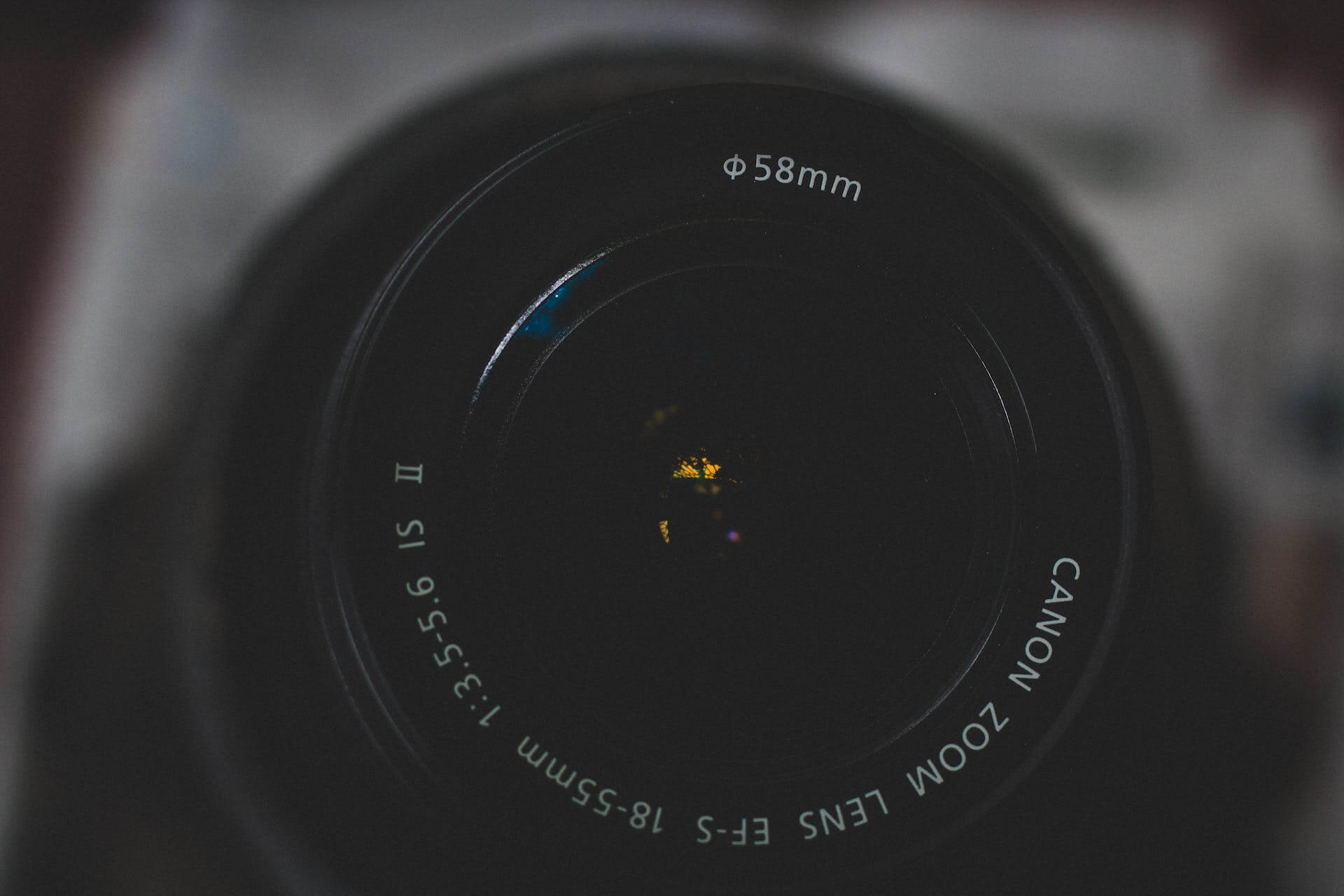
Clip-In Filters
If finding the right lens filter size seems too confusing or the photographer you’re shopping for has a lot of lenses, clip-in filters can be a really great alternative. These are magnetic filters that sit inside the camera behind the lens and can be the perfect solution for photographers who switch lenses often, don’t swap filters much, or do a lot of traveling.
Clip-in filters are designed for specific camera brands and are only compatible with mirrorless cameras. To know if they will work for the photographer in your life, figure out the camera brand and model they use. If they use any of the following cameras, clip-in filters could be a great option for them:
Canon: RP, R, R3, R5, R6, R6 II, R7, R8, R10
Nikon: Z5, Z6, Z6 II, Z7, Z7 II, Z8 Z9
RED Komodo
Sony: A7, A7II, A7III, A7R, A7R II, A7R III, A7R IV, A7R V, A7S, A7S II, A7S III, A9, A9 II, A7 IV, FX3, A1, A7C, A7C II, A7 V
Fujifilm: X-T1, X-T3, X-T4, X-T5, X-H2, X-H2S (Other models have limited compatibility with certain lens combinations. Check out the chart on the product page for compatibility for specific combinations.)
Must-Have Accessories
Apart from filters, here are some other items photographers need and why:
Step-Up Rings
Many photographers own and use more than one lens, which often have different thread sizes. This can make it both tricky and expensive to get multiple lens filters to fit each lens. If the photographer in your life has a lot of lenses, step-up rings can be a great solution. Instead of having multiple sizes of the same filters, step-up rings allow them to have one size filter to fit their largest lens and adapt them to fit on their smaller lenses.
Use: Adapt lens filters to fit smaller lenses
-
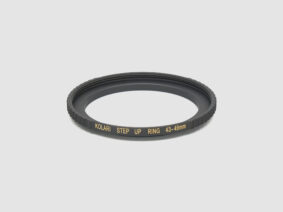
Kolari Pro Step-Up Rings
$34.99 – $74.99Price range: $34.99 through $74.99 Select options This product has multiple variants. The options may be chosen on the product page
Tripod
A sturdy tripod is essential for capturing sharp and clear images, particularly when dealing with long exposures, close-up shots in macro photography, or challenging lighting situations. The stability provided by a tripod ensures that the camera remains steady, resulting in better image quality and reducing the risk of blurry photos. Furthermore, using a tripod allows experimentation with different creative techniques, such as capturing light trails or creating long exposure effects with moving subjects.
Use: Stability for long exposures and sharp images
Camera Bag
A well-padded camera bag not only keeps equipment safe and organized but also provides an added layer of protection for delicate gear, ensuring that photographers can confidently carry their valuable equipment on various outings. One with ample storage compartments and customizable dividers allows photographers to easily access their gear and find the perfect setup for each unique shooting situation. Whether it’s a day trip or a long expedition, having a reliable camera bag is essential for photographers to comfortably transport their equipment and focus on capturing stunning images without any worries.
Use: Organize, protect, and carry gear
Lens Cleaning Kit
Dust and smudges on lenses and filters can significantly degrade image quality. These particles can cause blurriness, reduced sharpness, and even affect the overall clarity of the photo. A high-quality cleaning kit specifically designed for camera lenses and filters will help to effectively remove any dust or smudges, ensuring that photos are clear, sharp, and of the highest quality possible.
Use: Keep lenses and filters clean
Lens Hood
Lens hoods are an essential accessory for photographers. They not only block unwanted light but also help to reduce lens flare, which can significantly improve image quality. Additionally, lens hoods provide an extra layer of protection for the lens, safeguarding it against scratches, dust, and accidental bumps.
Use: Prevent lens flare and protect from damage
Lens Cap
A photographer always needs lens caps. They protect the front glass of the lens from getting scratched or damaged when the lens is not in use. This is especially important during transportation. When a lens is in a camera bag with other gear, there is the potential for things to get jostled and bump up against the lens. A lens cap ensures that the lens comes out unscathed. Lens caps are small and often get lost or misplaced, so it’s always nice to have a few extra on hand.
Use: Protect lens from dust and scratches when not in use
-
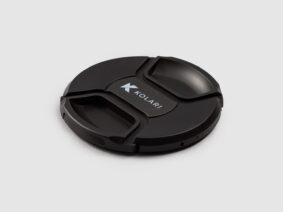
Kolari Lens Cap
$6.99 – $9.99Price range: $6.99 through $9.99 Select options This product has multiple variants. The options may be chosen on the product page
By considering these filters, accessories, and compatibility factors, you’ll be well-prepared to choose the perfect photography-related gifts this holiday season. Whether for a beginner or a seasoned pro, any photographer will surely appreciate these items. Happy shopping!
